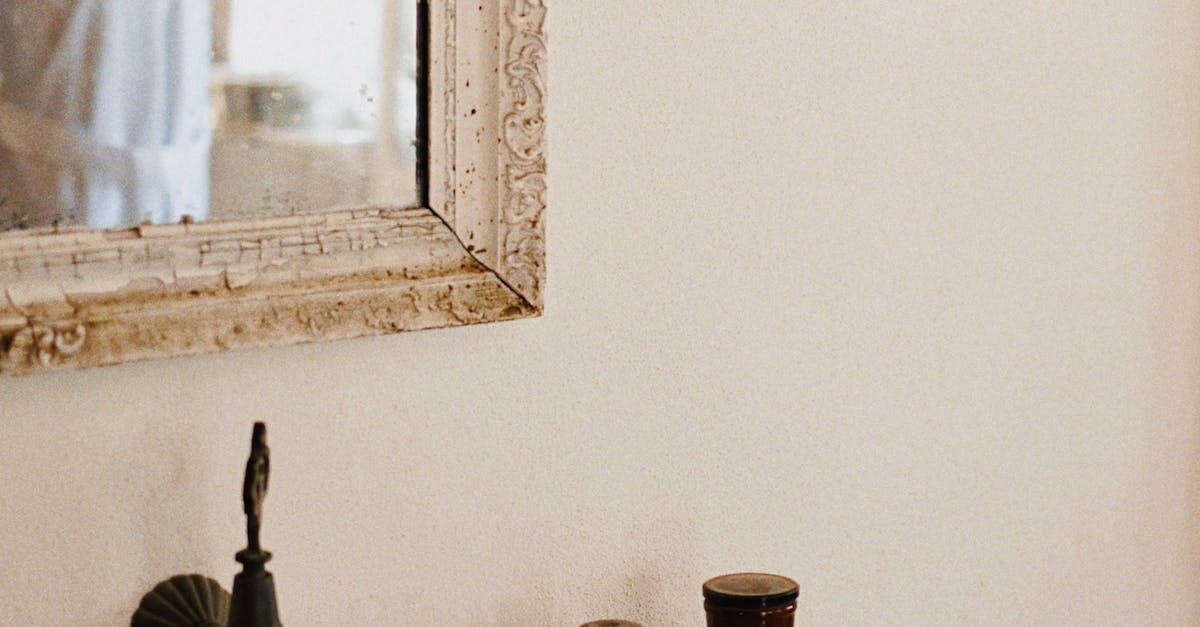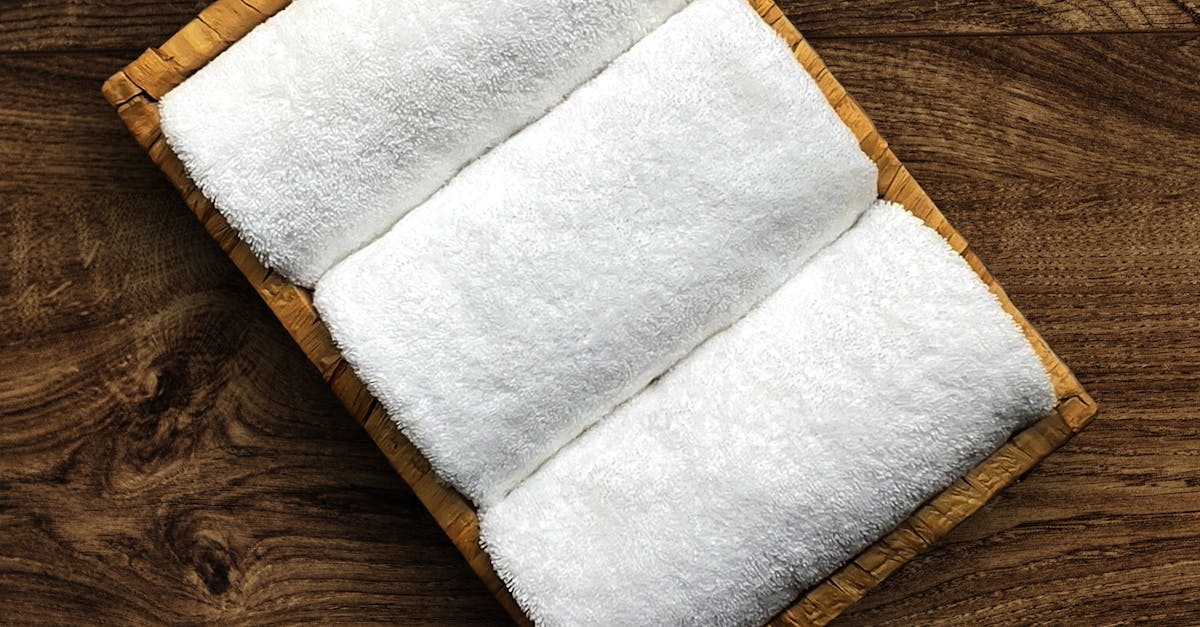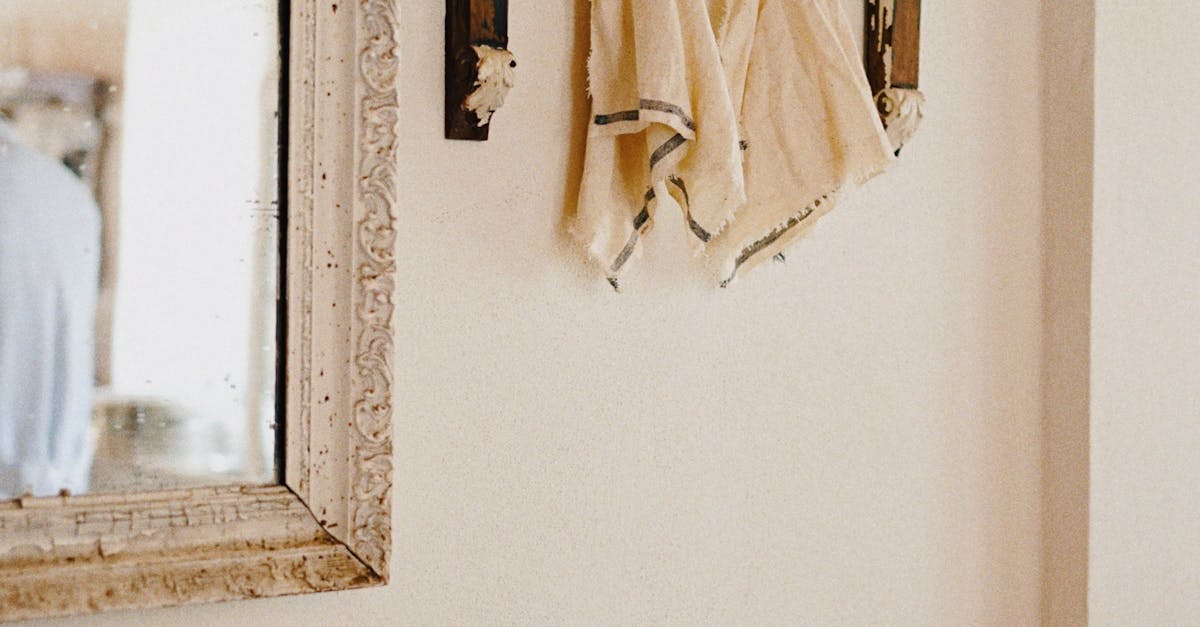
Table Of Contents
Flooring options for bathroom remodels
When it comes to bathroom remodeling, selecting the right flooring is crucial not only for aesthetic purposes but also for practicality and long-term durability. Among the popular flooring options for bathroom remodels are ceramic tiles, which boast water resistance and come in a variety of styles and designs to suit different preferences. Another common choice is vinyl flooring, known for its affordability, ease of maintenance, and ability to mimic the look of more expensive materials such as timber or stone.
Bathroom remodeling projects often consider options like natural stone flooring, which exudes elegance and adds a luxurious touch to the space. However, it's essential to note that natural stone can be more expensive to install and requires extra care to prevent staining and maintain its appearance over time. Cork flooring is also gaining popularity in bathroom renovations due to its eco-friendly nature, comfort underfoot, and resistance to mold and mildew in damp environments. Ultimately, the choice of flooring for a bathroom remodel should align with the homeowner's style preferences, budget constraints, and practical needs.
Selecting durable and waterproof materials
When it comes to bathroom remodeling, selecting durable and waterproof materials plays a crucial role in the longevity and functionality of the space. Bathrooms are often exposed to high levels of moisture and humidity, making it essential to choose materials that can withstand these conditions without deteriorating quickly. Opting for materials such as porcelain tiles, ceramic tiles, and waterproof laminates can help prevent water damage and ensure the longevity of your bathroom renovation.
Another key aspect to consider when selecting materials for bathroom remodeling is the ease of maintenance. With the frequent use and exposure to moisture, it is important to choose materials that are easy to clean and maintain to keep your bathroom looking fresh and new for years to come. Additionally, choosing materials that are resistant to mould and mildew can help maintain a healthy environment in your bathroom and prevent potential health issues.
Impact of bathroom size on renovation costs
Bathroom remodeling costs can vary significantly depending on the size of the space being renovated. Larger bathrooms typically require more materials and labour, driving up the overall expenses. From tiling to fittings and fixtures, every aspect of a bathroom remodel is influenced by its size. The physical dimensions of the room directly impact the amount of materials needed, which in turn affects the final costs of the renovation.
For compact bathrooms, the challenge lies in maximising the use of space without compromising on functionality or aesthetic appeal. Design choices become crucial in smaller bathrooms, as every inch counts in terms of costs and usability. While smaller bathrooms may require fewer materials compared to larger ones, the cost per square metre tends to be higher due to the need for space-saving solutions. Therefore, understanding the impact of bathroom size on renovation costs is essential for anyone planning a bathroom remodel, as it can significantly influence the overall budget and project scope.
Making the most of limited space
Expanding the perceived space in a bathroom during a renovation project doesn't necessarily mean physically enlarging the room. By employing strategic design techniques, you can maximise the functionality and aesthetic appeal of a compact bathroom. Utilising light colours for walls and fixtures can create an illusion of spaciousness while adding mirrors can enhance the feeling of openness. Furthermore, opting for sleek and minimalistic storage solutions like wall-mounted cabinets or recessed shelves can help eliminate clutter, making the area appear more expansive.
When planning a bathroom remodeling endeavour within limited space, utilising every nook and cranny efficiently is key. Consider installing fixtures that are multifunctional, such as a combination vanity and sink unit or a shower stall with built-in shelving. This not only saves space but also adds a touch of practicality to the design. Additionally, selecting compact and streamlined fixtures like a corner toilet or a sliding shower door can make a significant difference in how the available space is utilised, ensuring a harmonious and functional bathroom layout.
Permits and approval costs
Permits and approval costs are an essential component of any bathroom remodeling project in Australia. Before commencing any renovation work, homeowners must acquire the necessary permits and approvals from local authorities. These permits ensure that the proposed changes comply with building codes and regulations, guaranteeing the safety and structural integrity of the renovated space. Failure to obtain the required permits can result in costly fines and delays, making it crucial to factor in permit costs when budgeting for the bathroom renovation project.
Navigating the permit process can be complex and time-consuming, requiring homeowners to submit detailed plans and specifications for approval. Depending on the scale of the renovation and the extent of the changes being made, permit costs can vary significantly. In some cases, homeowners may also need to pay fees for building inspections to ensure that the work is being carried out according to the approved plans. Therefore, it is advisable to consult with a professional builder or architect who can assist with obtaining permits and adhering to regulatory requirements throughout the bathroom remodeling process.
Meeting regulatory requirements
Meeting regulatory requirements is a crucial aspect of any bathroom remodeling project in Australia. Compliance with local building codes and regulations is essential to ensure the safety and structural integrity of the renovated space. Failure to adhere to these guidelines can result in fines, delays, or even the need to undo completed work. Thus, it is imperative to thoroughly research and understand the specific requirements in your area before commencing any renovations.
Building permits are typically required for most bathroom remodeling projects in Australia. These permits are issued by local councils or relevant authorities and serve as official approval for the proposed construction work. Obtaining the necessary permits can add to the overall cost and timeline of the renovation, but it is a non-negotiable step in ensuring that the project meets all legal requirements. It is advisable to consult with a professional builder or architect who is well-versed in local regulations to navigate this process smoothly.
FAQS
What is typically the most expensive part of a bathroom remodel?
The most expensive part of a bathroom remodel is usually the cost of labour, especially if major plumbing or electrical work is required.
Are there any ways to save money on a bathroom remodel?
Yes, you can save money on a bathroom remodel by choosing cost-effective materials, doing some of the work yourself, and planning the project carefully to avoid unexpected expenses.
How can I estimate the cost of a bathroom remodel?
It's important to get quotes from multiple contractors, factor in the cost of materials, permits, and any unexpected expenses that may arise during the renovation process.
What are some common mistakes to avoid during a bathroom remodel?
Some common mistakes to avoid during a bathroom remodel include underestimating the cost, not hiring a reputable contractor, and not planning for the unexpected.
Is it worth investing in high-quality materials for a bathroom remodel?
Yes, investing in high-quality, durable materials for a bathroom remodel can save you money in the long run by reducing the need for repairs and replacements.


